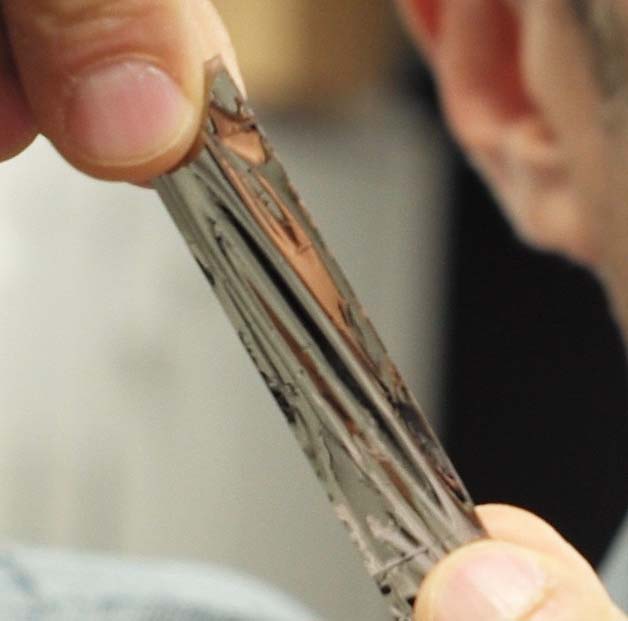Scientists from IBM and Sony Storage Media Solutions Corporation have jointly developed a magnetic storage tape with 20 times the storage capacity (areal density) of currently available tape. The record-setting tape, reported in IEEE Transactions on Magnetics (August 2017), has an areal density of 201 gigabits per square inch. The breakthrough was made possible through advances in tape coating technology, improved read and write heads, and new signal-processing algorithms. Although the tape is currently a prototype, a single cartridge would hold about 330 terabytes of uncompressed data—the equivalent of about 160 million photos two megabytes in size. See also: Computer storage technology; Magnetic recording; Signal processing

The advantages of tape storage are its high capacity, low cost, energy efficiency, high reliability, and long life. The current breakthrough in tape-storage technology puts it on track to double tape-cartridge capacity every year for the next 10 years. However, compared to hard disk drives, access to data is considerably slower. For frequently used data, cloud storage has much faster retrieval times. But for back-up and archiving of cloud storage and big data, tape is expected to retain a role as a storage medium. See also: Big data; Cloud computing; Database management system





